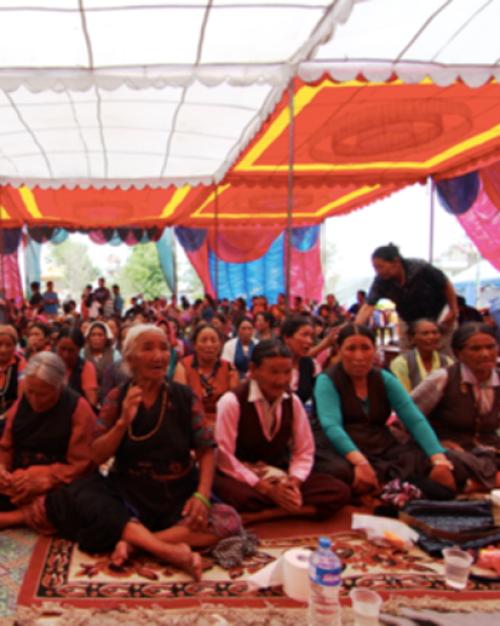This piece by David H. Holmberg and Kathryn S. March, both professors of anthropology, reflects on the Nepali earthquakes and their impact in north central Nepal.
"History, like earthquakes, recurs at merciless intervals in the homelands of the Tamang in north central Nepal," they write. "Military conquest, government intervention, and cultural dissonance have repeatedly battered this region. The Gorkha earthquake of 2015 were, just as surely, a Tamsaling tragedy.1 Both NGOs and local observers have pointed out that the effects of the earthquake were exacerbated by the social, political, and economic history of exploitation and exclusion that has marked this region over centuries. Just as in the past, local Tamang will have to rely mostly on their own resources to rebuild, hoping that outsiders do not make their task more difficult."
And Austin Lord, a graduate student in anthropology, wrote this piece in Cultural Anthroplogy about the continued impacts of the 2015 earthquakes in Nepal.
"The tragedy at Langtang is a prism that reflects the risks and pressures experienced more broadly by mountain communities across Nepal," he writes. "These dangers combine geophysical and social threats: spatial remoteness, geomorphic and seismic risk, socioeconomic precarity, limited political representation, and climactic volatility. Yet, with all due regard for the suffering of other Nepalis in other places, the dimensions of the disaster in Langtang are different than those in the rest of post-earthquake Nepal."




